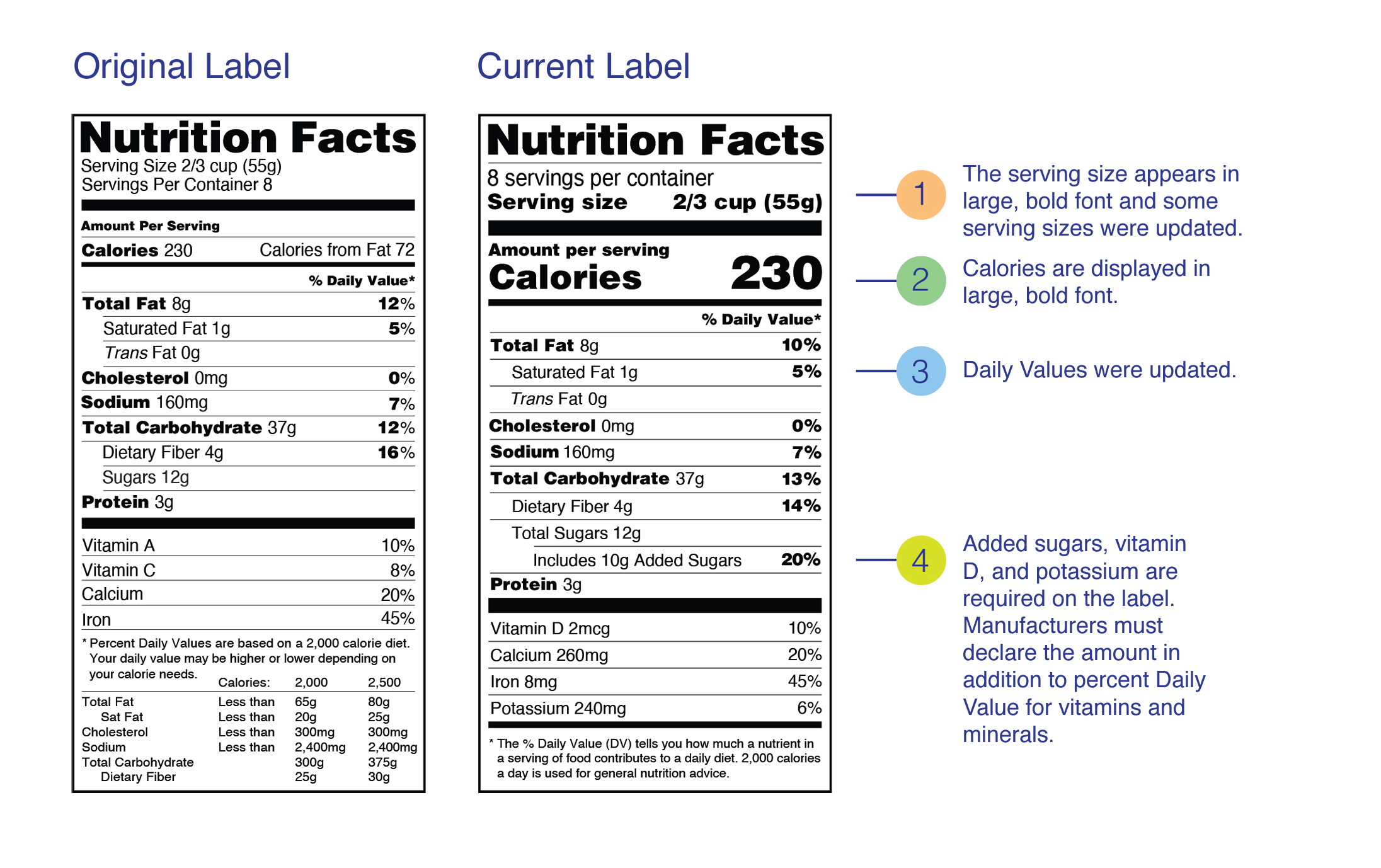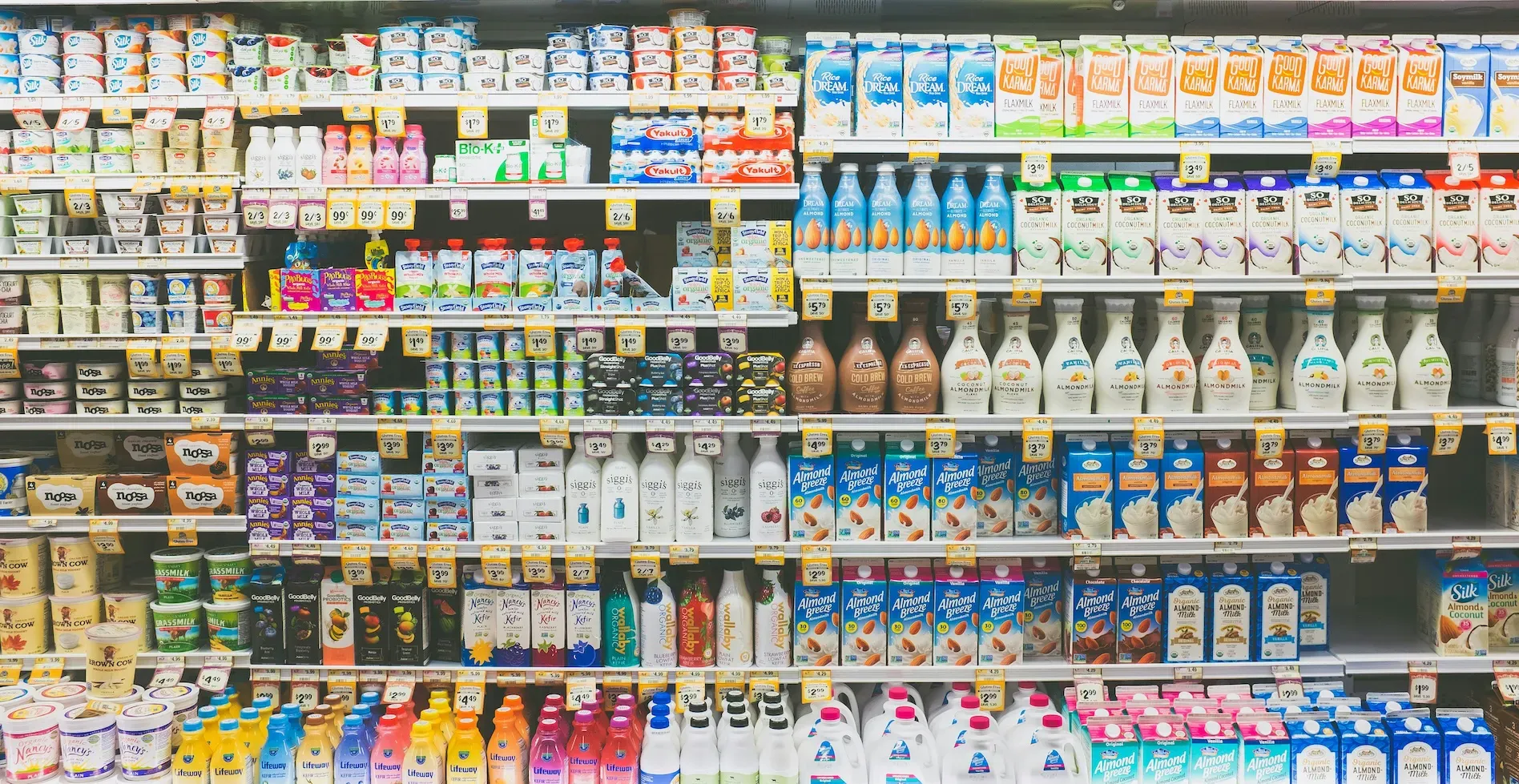A Simple Guide to Using a Daily Value Nutrition Calculator

Understanding Daily Values
Daily Values (DVs) are the amounts of nutrients you should consume or not exceed daily to be healthy. These are helpful in making informed decisions about your daily diet by understanding the recommended daily nutrient values. Daily Values are on the Nutrition Facts label on food products and are based on a 2,000 calorie diet which is the general guideline for an average adult. But individual needs may vary based on age, sex and activity level. Daily Values play a crucial role in maintaining a healthy diet.
Knowing how to use DVs is key. They help you measure how much of a nutrient you are getting from a serving of food which is useful when trying to manage your intake of nutrients like saturated fat, dietary fiber and sodium. For example if a food item has 20% Daily Value of a nutrient, it means one serving provides 20% of the daily recommended intake of that nutrient assuming a 2,000 calorie diet.
The FDA sets these values based on the latest scientific research and dietary recommendations so they reflect the current understanding of the nutrients needed for a healthy balanced diet. By knowing these values you can better manage your nutrient intake, choose healthier options and meet your nutritional goals.

Reading the Nutrition Facts Label
The Nutrition Facts label on the food package tells you the nutritional value and serving size of the food. This is a valuable tool for making informed food choices and seeing how a food fits into your overall diet. Nutrition Facts labels on packaged foods play a crucial role in helping consumers make health and wellness decisions.
The label is broken down into sections: serving size, calories and various nutrients like fat, carbohydrates, protein, vitamins and minerals. One of the important parts of the label is the %DV column (Percent Daily Value DV), which shows how much of the Daily Value (%DV, percent daily value) one serving of the food is of each nutrient. This helps you quickly see if a food is high or low in a nutrient.
By reading the Nutrition Facts label you can manage your intake of specific nutrients like saturated fat, dietary fiber and sodium. By paying attention to these labels you can make healthier food choices that fit your diet.
Calculating Percent Daily Value
The daily percent values (%DV) are calculated by taking the amount of a nutrient in one serving of food and dividing by the Daily Value (DV) for that nutrient and then multiplying by 100. This gives you the percentage of the DV that one serving of the food provides. A useful tool to help you understand the nutrient content of the food.
For example if a food has 5 grams of fiber per serving and the DV for fiber is 28 grams the percent daily value for fiber would be: (5g / 28g) x 100 = 17.86%
The percent daily values is a quick way to determine if a food is high or low in a nutrient. Foods that have 20% or more of the DV for a nutrient are high in that nutrient, foods that have 5% or less are low.
Calculating the percent daily value helps you make informed decisions about your daily diet so you can choose foods that support your nutritional goals. To make it even easier you can use a daily value nutrition calculator which will do these calculations for you and tell you how different foods contribute to your overall nutrient intake.
Nutrient Categories and Daily Values
The Nutrition Facts label on food products lists all the nutrients you need to know to understand what you’re eating. These are Total Fat, Saturated Fat, Trans Fat, Cholesterol, Sodium, Total Carbohydrates, Dietary Fiber, Sugars and Protein. Saturated and trans fats are particularly important to monitor due to their association with heart disease and the need to limit their intake. Each of these nutrients has a Daily Value (DV) which is the recommended daily intake of that nutrient for an average adult based on a 2,000 calorie diet.
The DV for each nutrient is used to calculate the percent daily values on the label so you can see how much of each nutrient you’re getting in one serving of the food. For example, if the DV for saturated fat is 20g and the food has 5g of saturated fat per serving, the percent daily value for saturated fat would be 25%.
When choosing foods look for those high in good stuff like Dietary Fiber, Vitamin D and Protein and low in bad stuff like Saturated Fat, Trans Fat and Sodium. Foods that have 20% or more of the DV for a nutrient are high in that nutrient, foods with 5% or less are low. This makes it easy to find foods that fit your dietary needs.
Looking at the percent daily value on Nutrition Facts labels allows you to balance your diet with the right amount of each nutrient. For example if you want to increase your fiber intake look for foods with high percent daily values of fiber. To reduce your saturated fat or sodium intake look for foods with low %DV for those nutrients.

Using daily values as a guide can help you eat healthy and reduce your risk of chronic diseases like heart disease, hypertension and diabetes. By making small smart choices based on percent daily values you can make a big impact on your long term health and wellbeing.
Checkout our another article where you can find a table with daily values of vitamins and minerals.
If you want to explore and see nutrition facts labels for an individual foods you may use our calories and nutrition facts database.
General FDA recommendation:
Make the Label Work for You
Use the label to support your personal dietary needs—choose foods that contain more of the nutrients you want to get more of and less of nutrients you may want to limit.
More often, choose foods that are:
Choosing healthier foods and beverages can help reduce the risk of developing some health conditions, such as high blood pressure, cardiovascular disease, osteoporosis, and anemia.
Common Challenges and Considerations
When using Daily Values (DVs) to guide your food choices, you’ll run into a few common challenges. One big one is understanding the serving size on the Nutrition Facts label and how it affects the percent daily value DV. The percent daily value DV is based on a specific serving size, so if you eat more or less than the serving size listed, you’ll get a different percent daily values. You need to adjust your calculations accordingly to get an accurate picture of what you’re getting.
Another challenge is comparing percent daily values of different foods to make informed choices. Since foods have different nutrient levels and serving sizes, it’s hard to compare %DVs directly. But knowing that 5% percent daily value or less is low and 20% DV or more is high can help you quickly scan and compare different foods.
Also consider your individual calorie needs and activity level when using percent daily value. The standard percent daily values is based on a 2,000 calorie diet which may not be right for everyone. Those with higher or lower calorie needs should adjust accordingly.
Finally be aware of the limitations of the percent daily value system. While it’s a useful guide, it’s not a one size fits all tool. Use the %DV as a general guide to making healthier choices not a hard and fast rule. For more personalized nutrition advice always consult with a healthcare provider or a registered dietitian who can tailor recommendations to your needs.
Maximising the Benefits of Percent Daily
To get the most out of the %DV on nutrition labels you need to use it with the ingredient list and serving size. The %DV gives you a quick idea of how much of a nutrient you’re getting from a serving of food but understanding the ingredients and portion sizes will help you make more informed choices about your diet.
Look at the percent daily values across different foods to help you choose options that meet your nutritional needs. For example if you want to increase your fibre or vitamin D intake look for foods with higher percent daily values for those nutrients. If you need to reduce your saturated fat or sodium intake look for foods with lower percent daily values for those components.
Using the percent daily values can also help you balance your diet by making sure you get the right amount of nutrients throughout the day. By tracking the percent daily values of the foods you eat you can adjust your diet to meet your nutritional needs whether that’s to increase protein, reduce added sugars or maintain a balanced intake of vitamins and minerals.
Finally sharing your knowledge about percent daily values and how to use it can help others adopt healthy eating habits. Educate your friends, family or community members about the importance of understanding and using percent daily values and it can lead to better dietary choices and overall health.
By integrating percent daily values with other nutritional insights and promoting awareness, you can optimize your diet and encourage healthier eating patterns in those around you.
What is the 5/20 Rule?
The 5/20 rule is a quick guideline for interpreting the Percent Daily Value (%DV) on Nutrition Facts labels. According to this rule:
• 5% DV or less of a nutrient per serving is considered low.
• 20% DV or more of a nutrient per serving is considered high.
This rule helps you quickly assess whether a food is low or high in a particular nutrient, aiding in making healthier food choices. For example, if you’re trying to reduce sodium intake, you’d aim for foods with a %DV of 5% or less for sodium.
How Much Sodium Do I Need Per Day?
The American Heart Association (AHA) recommends that the ideal limit for sodium intake is no more than 1,500 mg per day for most adults, especially those with high blood pressure. However, the Dietary Guidelines for Americans suggest that adults should consume less than 2,300 mg of sodium per day. The actual amount may vary depending on individual health needs and recommendations from healthcare providers.
How Much is 2000 mg of Sodium Per Day?
Consuming 2000 mg of sodium per day is just below the Dietary Guidelines for Americans recommendation of 2,300 mg. It equates to about 0.87 teaspoons of salt (since 1 teaspoon of salt contains about 2,300 mg of sodium). While this is a reasonable amount for many people, it’s still important to be mindful of sodium intake, especially if you have a condition like hypertension, where the recommended intake may be lower.
Monitoring your sodium intake through food labels and making mindful choices about processed and restaurant foods can help you stay within your target range.






